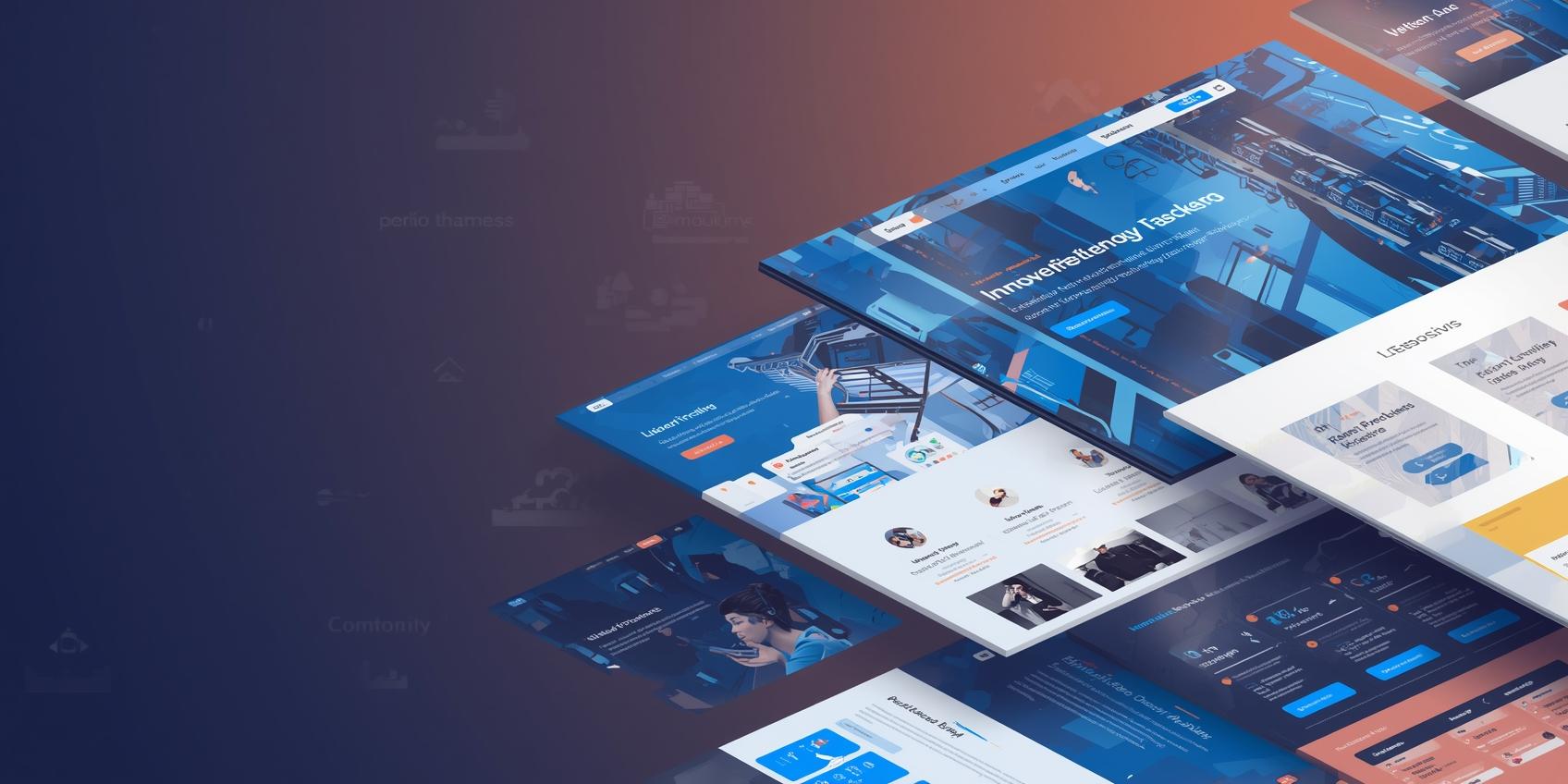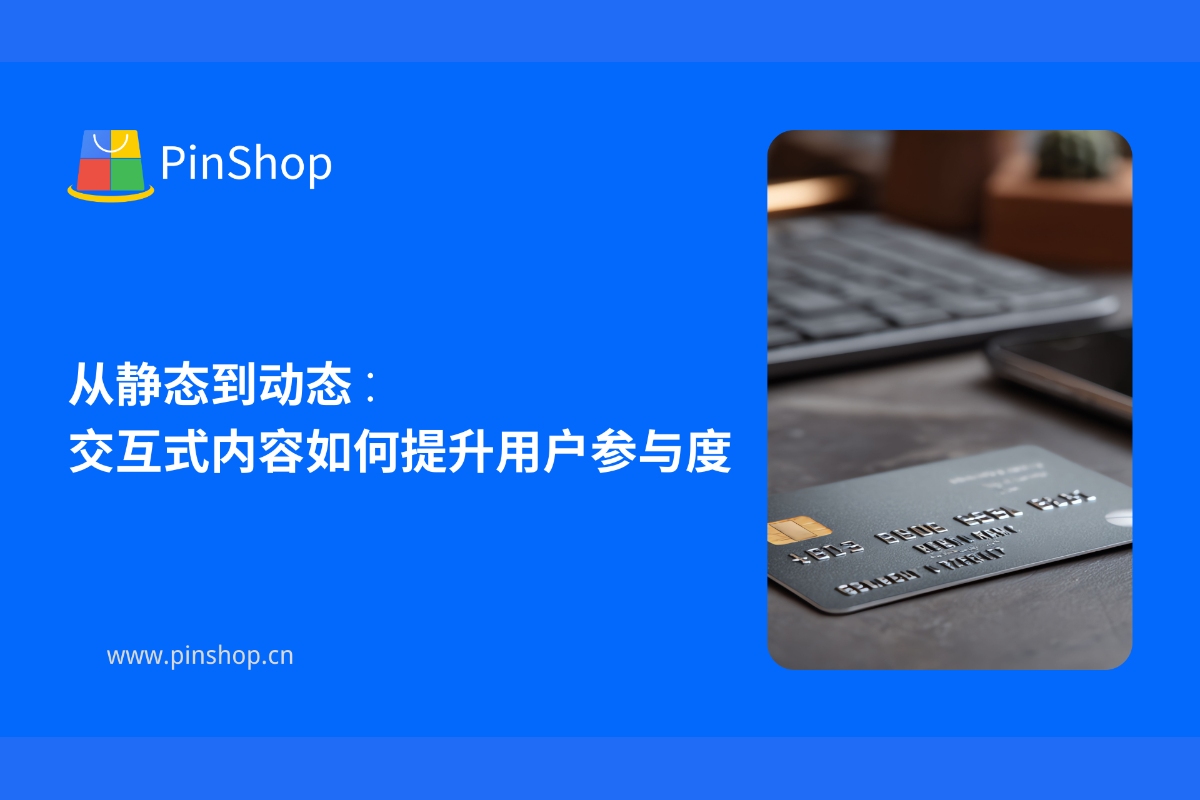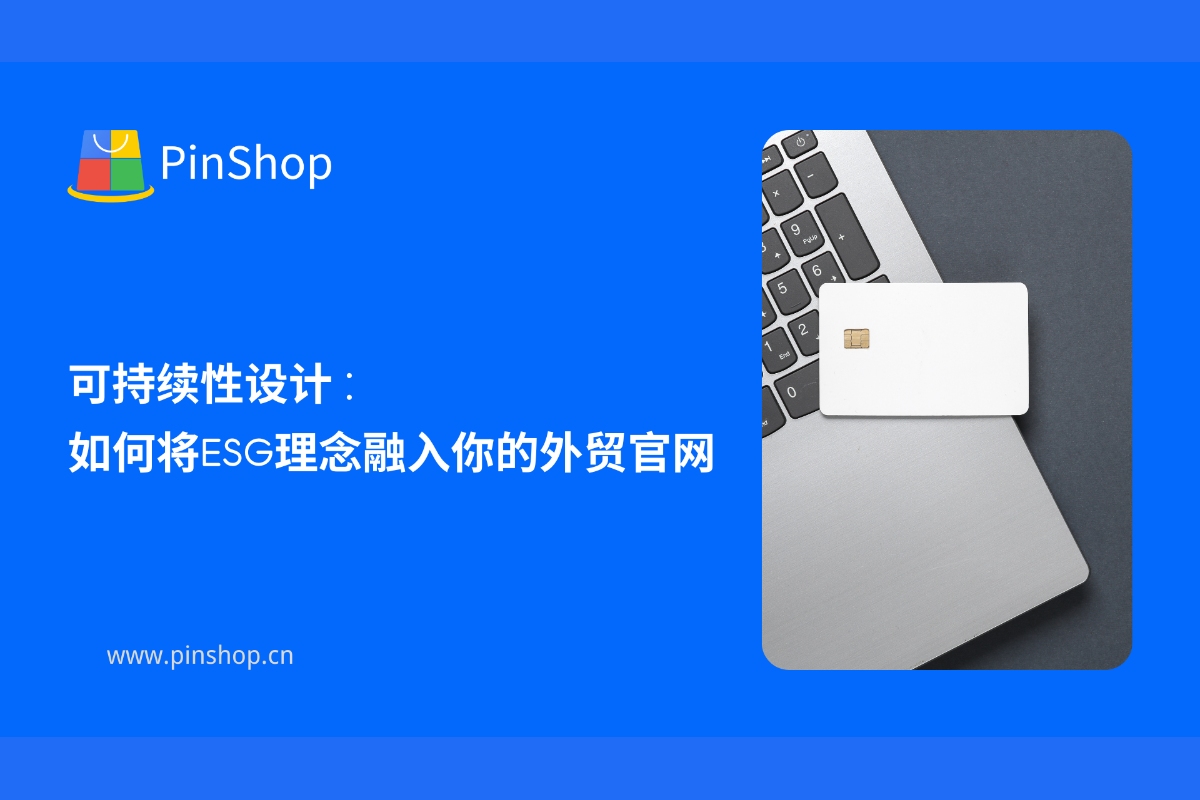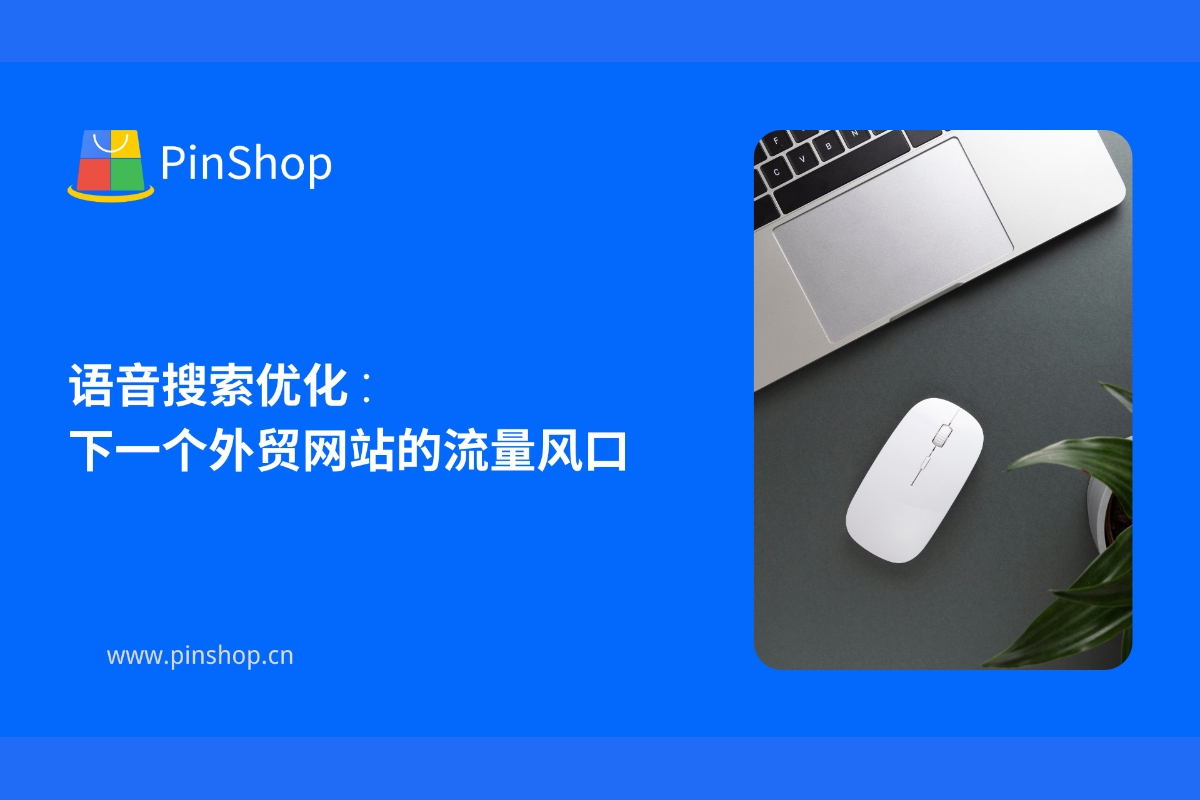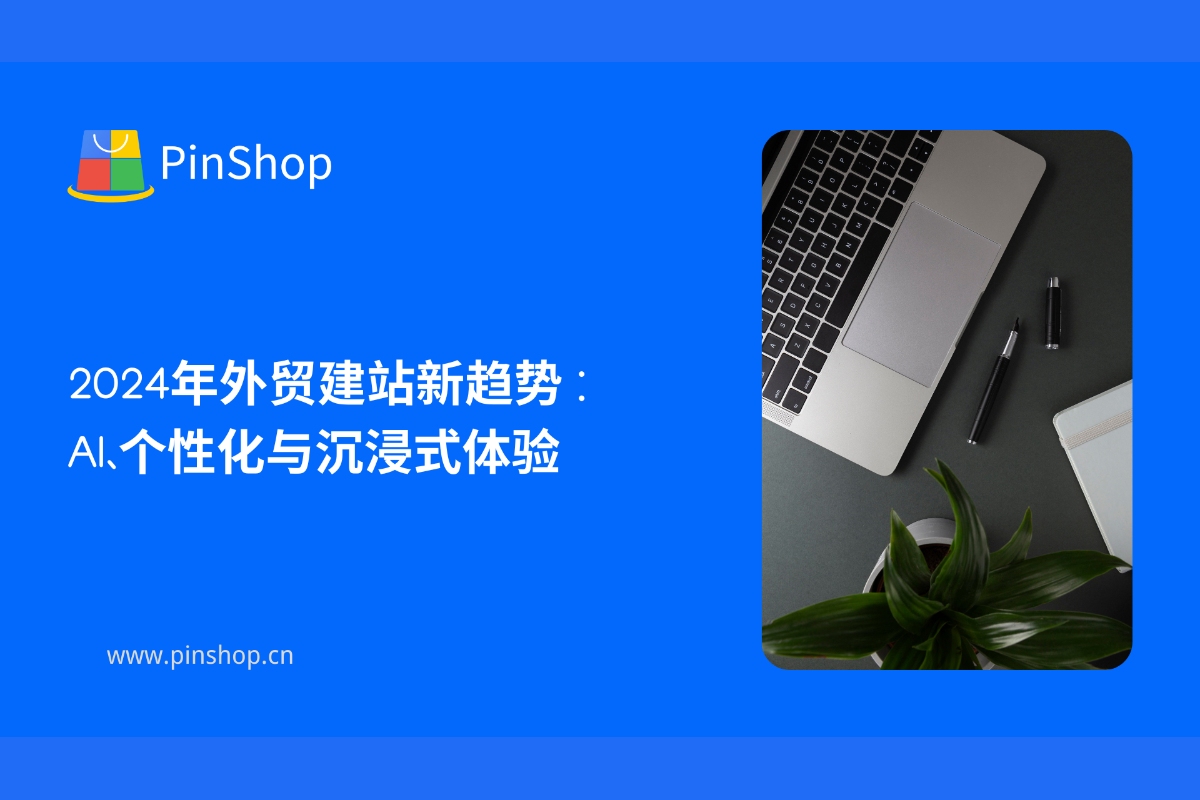I. Page Layout and Visual Optimization
A well-designed page layout is fundamental to enhancing user experience. Data from the International Trade Centre (ITC) shows that clear visual hierarchy, prominent product information, and well-defined action buttons effectively reduce user churn. Foreign trade websites should optimize the layout of their homepage, product pages, and checkout pages to enable users to quickly find key information and improve browsing and order placement efficiency.
II. Responsive Design and Mobile Experience
With the widespread use of mobile devices globally, responsive design cannot be ignored. CECA research shows that a poor mobile experience directly leads to user churn and decreased conversion rates. Foreign trade website platforms should ensure that websites display well across different screen sizes and devices, optimize touch interactions, and improve accessibility for overseas customers.
III. Simplifying Navigation and Information Architecture
Clear navigation and a well-structured information architecture can reduce user operational costs and improve conversion rates. ISC points out that concise menus, breadcrumb navigation, and search functionality help users quickly find the products and information they need. When designing websites for international trade, businesses should optimize their directory structure, category logic, and key entry points to improve user access efficiency.
IV. Website loading speed optimization
Website speed is a crucial factor affecting user experience and conversion rates. GEA data shows that for every second of delay in page loading, conversion rates can drop by 7%. Businesses building websites for international trade should optimize image size, enable caching, use CDN, and compress resources to ensure fast and smooth access for global customers and improve overall sales performance.
V. Interaction Design and User Feedback Mechanism
Excellent interaction design and timely feedback can enhance user trust and purchase intention. ITC research shows that real-time prompts, optimized forms, responsive buttons, and rating mechanisms can significantly improve customer satisfaction. Foreign trade website providers should offer clear feedback in key processes such as adding items to the cart, payment, and leaving comments to improve user experience and conversion rates.
By employing the five UX optimization methods outlined above, foreign trade website developers can enhance user experience across multiple dimensions, including visual appeal, navigation, speed, and interaction, thereby improving conversion rates and international market competitiveness. Use the Pinshop website building platform now to easily create an efficient and user-friendly cross-border e-commerce website and achieve global sales growth. 

